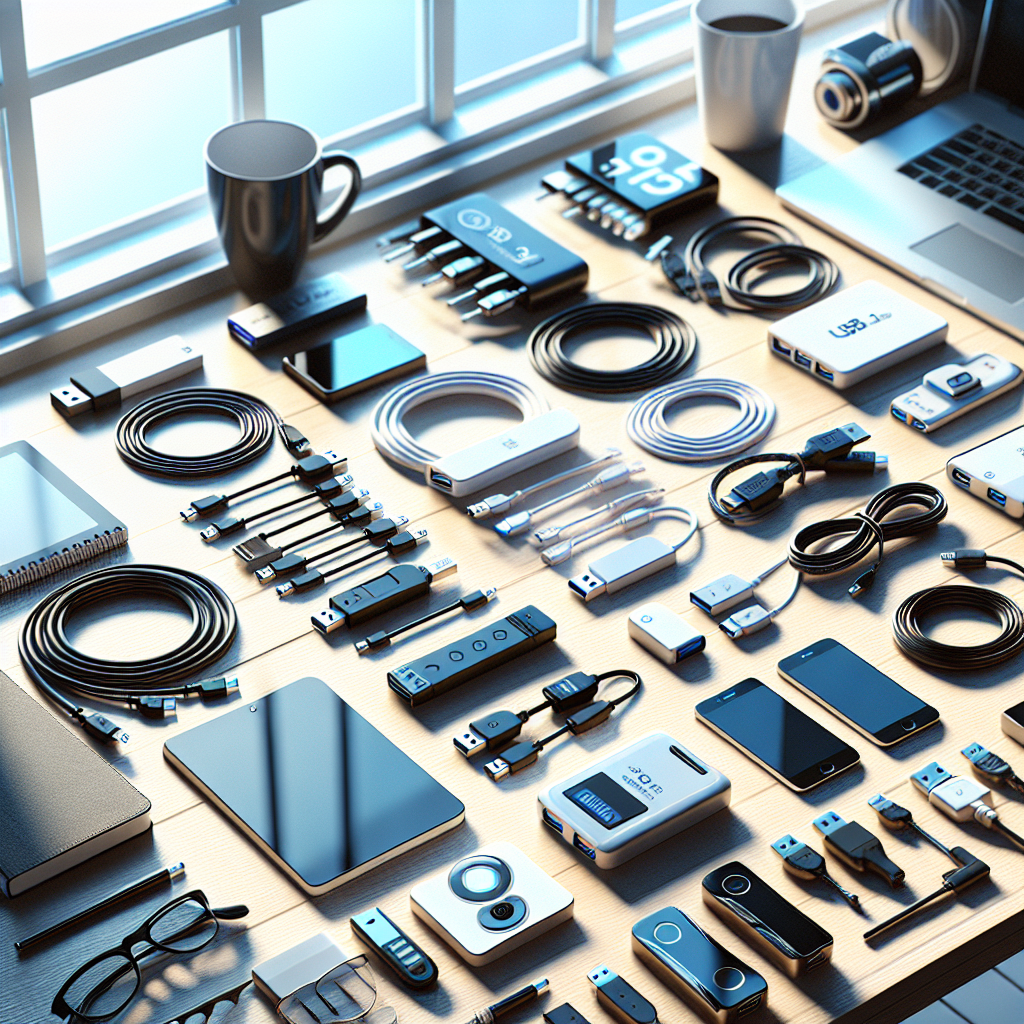In today’s digital age, USB 3.0 devices have become an essential part of our daily lives. From transferring files and backing up data to charging our devices, these devices offer fast and reliable connectivity. However, with so many options available in the market, it can be overwhelming to choose the right USB 3.0 device for your needs. To help you make an informed decision, we have put together a guide to selecting the best USB 3.0 devices for your specific requirements.
1. Determine your needs:
Before you start shopping for a USB 3.0 device, it is important to determine your specific needs. Are you looking for a USB flash drive for storing files, a USB hub for connecting multiple devices, or a USB docking station for charging your devices? Once you have identified your requirements, you can narrow down your options and focus on finding the right device for your needs.
2. Consider the compatibility:
When choosing a USB 3.0 device, it is crucial to consider its compatibility with your existing devices. Make sure that the device is compatible with your computer, laptop, tablet, or smartphone. Additionally, check if the device is compatible with your operating system, whether it is Windows, Mac, or Linux. Compatibility issues can cause connectivity problems and hinder the performance of your device.
3. Check the transfer speeds:
One of the key advantages of USB 3.0 devices is their fast transfer speeds. USB 3.0 offers data transfer rates of up to 5 Gbps, which is ten times faster than USB 2.0. When choosing a USB 3.0 device, make sure to check the transfer speeds to ensure that it meets your requirements. Whether you are transferring large files or backing up data, faster transfer speeds can save you time and improve your productivity.
4. Consider the storage capacity:
If you are looking for a USB flash drive or an external hard drive, consider the storage capacity of the device. USB 3.0 devices are available in a wide range of storage capacities, from a few gigabytes to several terabytes. Choose a storage capacity that suits your needs, whether you need to store documents, photos, videos, or music files. Keep in mind that higher storage capacities may come at a higher price, so consider your budget when making your decision.
5. Look for additional features:
When choosing a USB 3.0 device, consider any additional features that may be useful to you. Some devices come with built-in encryption software for securing your data, while others offer rugged designs for durability. Look for features such as LED indicators, retractable connectors, or waterproof and shockproof casing, depending on your needs. These additional features can enhance the functionality and usability of your USB 3.0 device.
In conclusion, choosing the right USB 3.0 device requires careful consideration of your needs, compatibility, transfer speeds, storage capacity, and additional features. By following this guide, you can select a USB 3.0 device that meets your specific requirements and enhances your digital experience. Whether you need a USB flash drive, USB hub, or USB docking station, make sure to choose a reliable and high-quality device that offers fast and efficient connectivity.


Leave a Reply